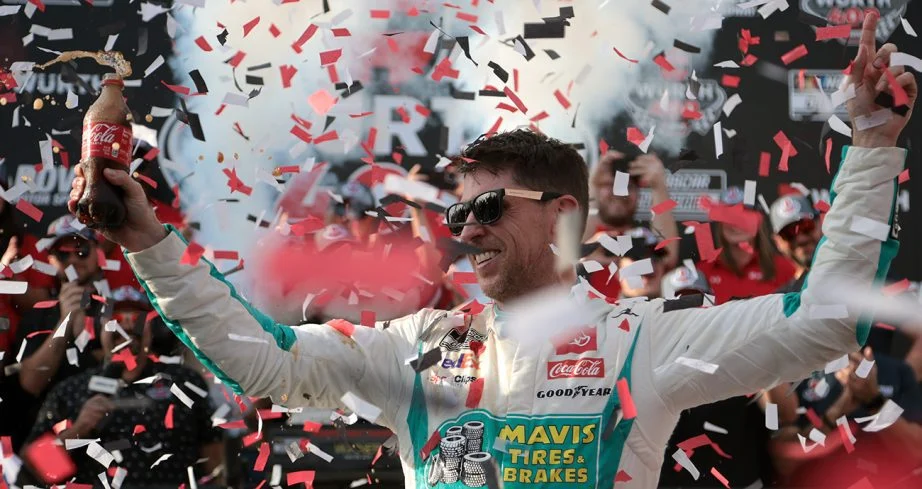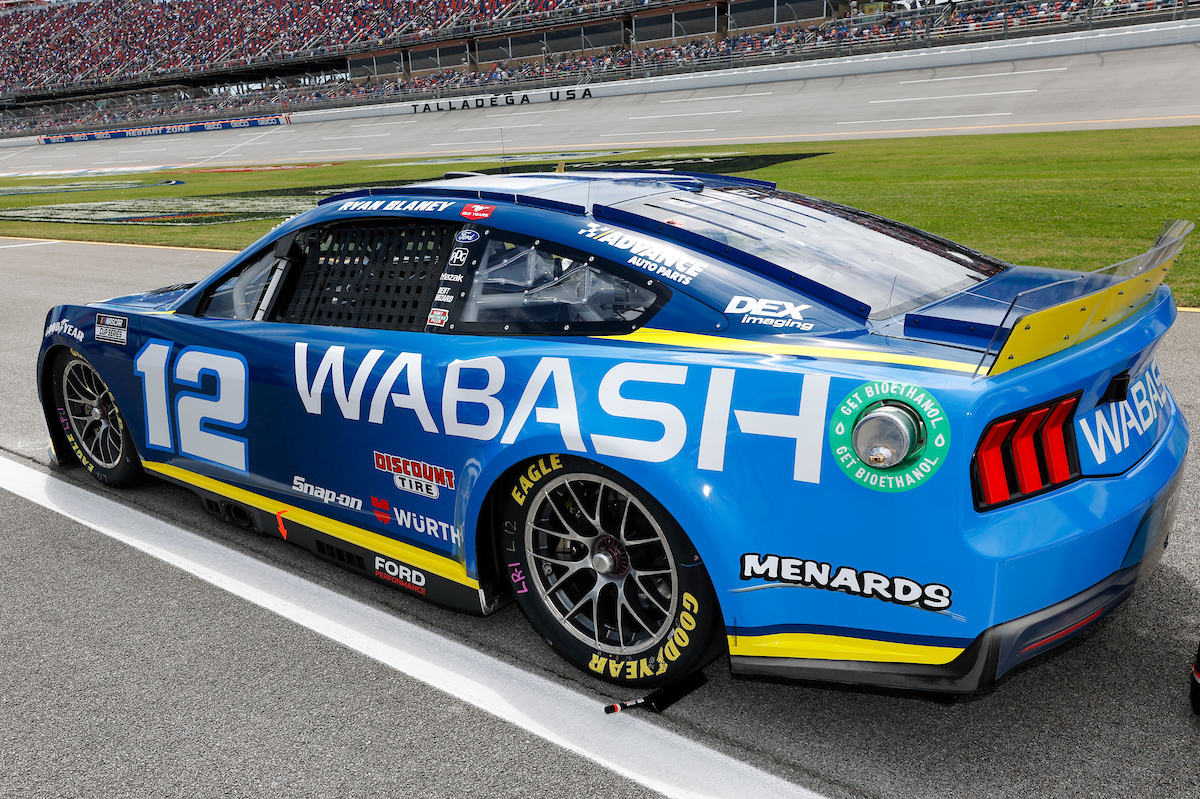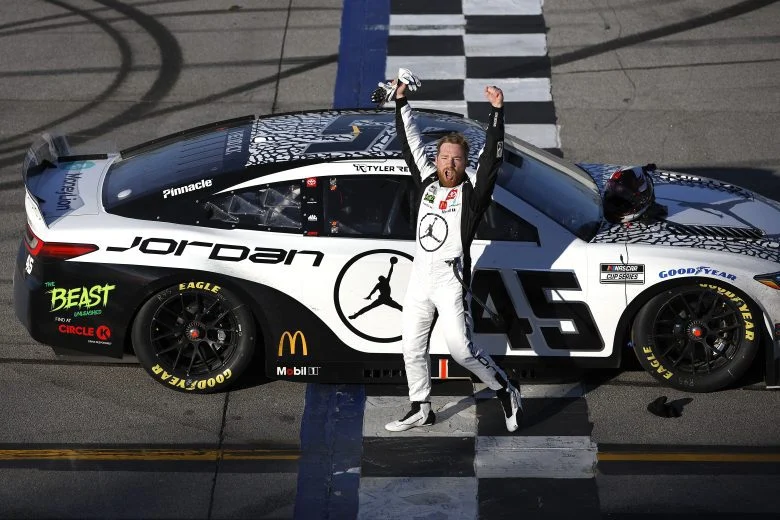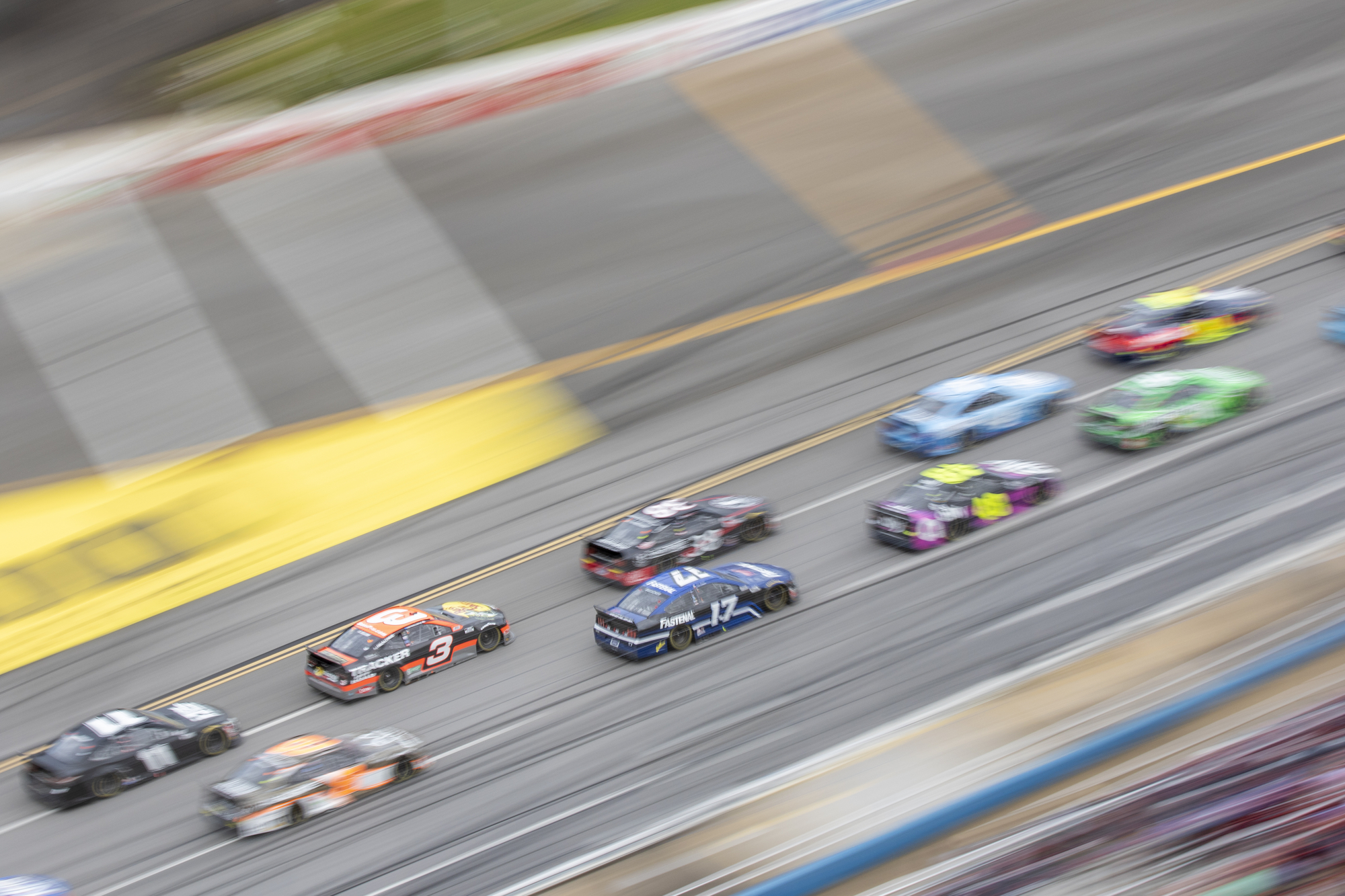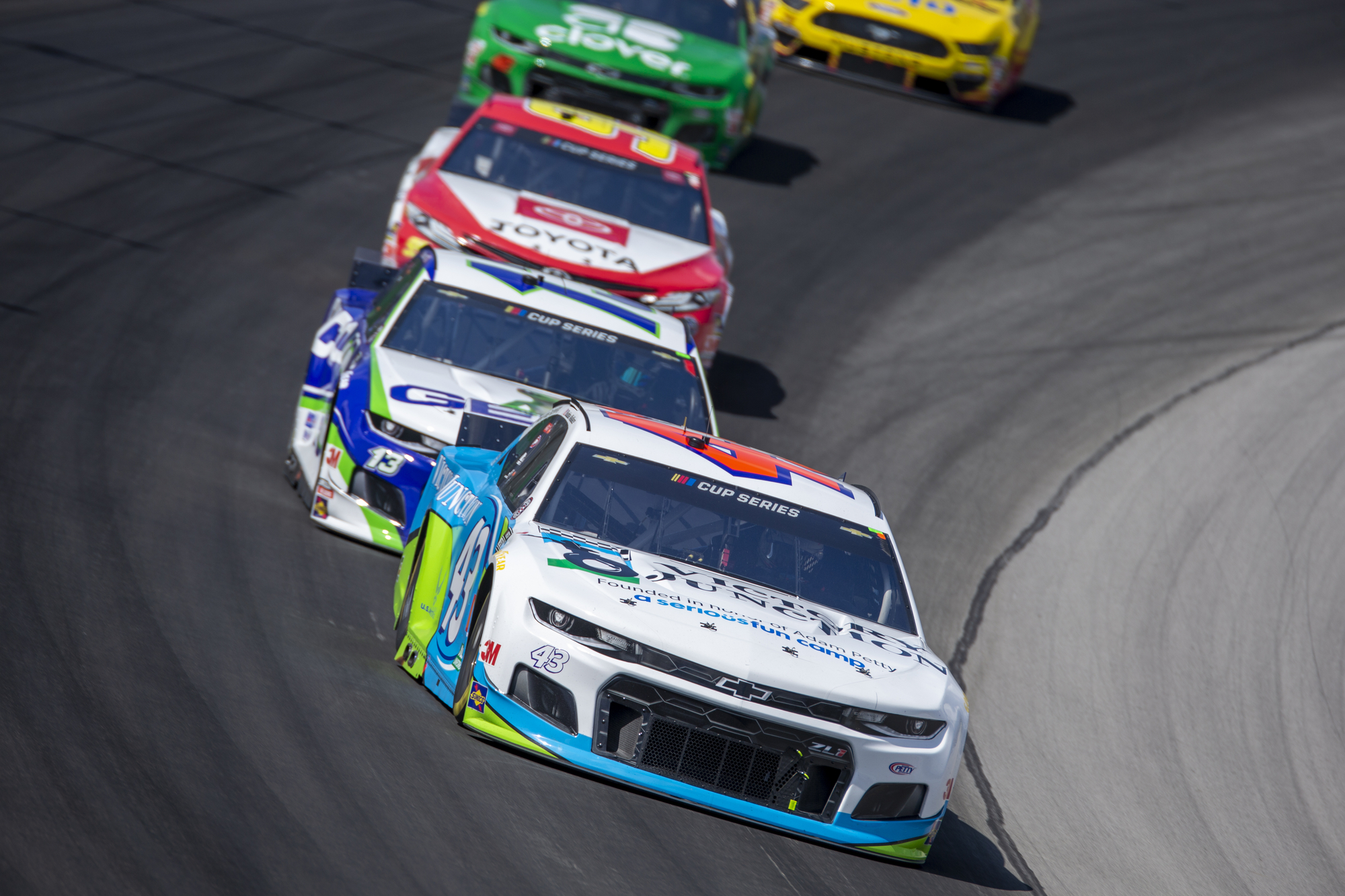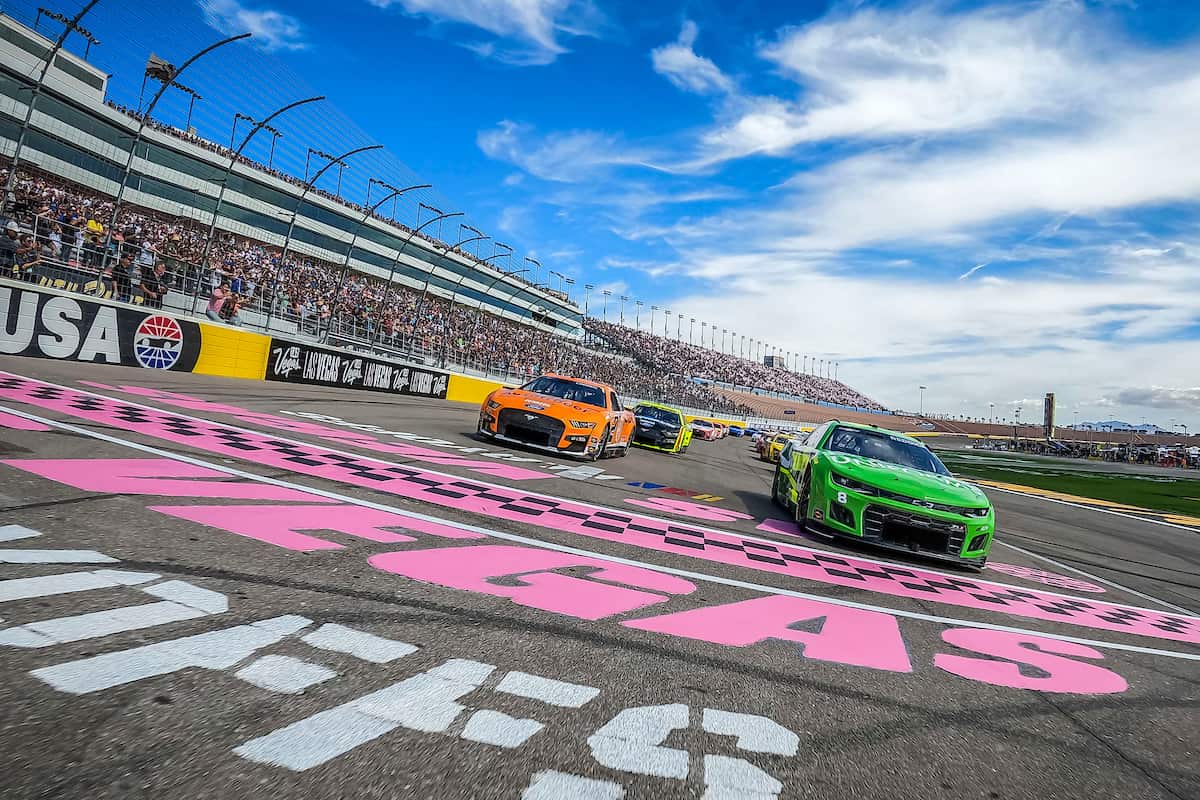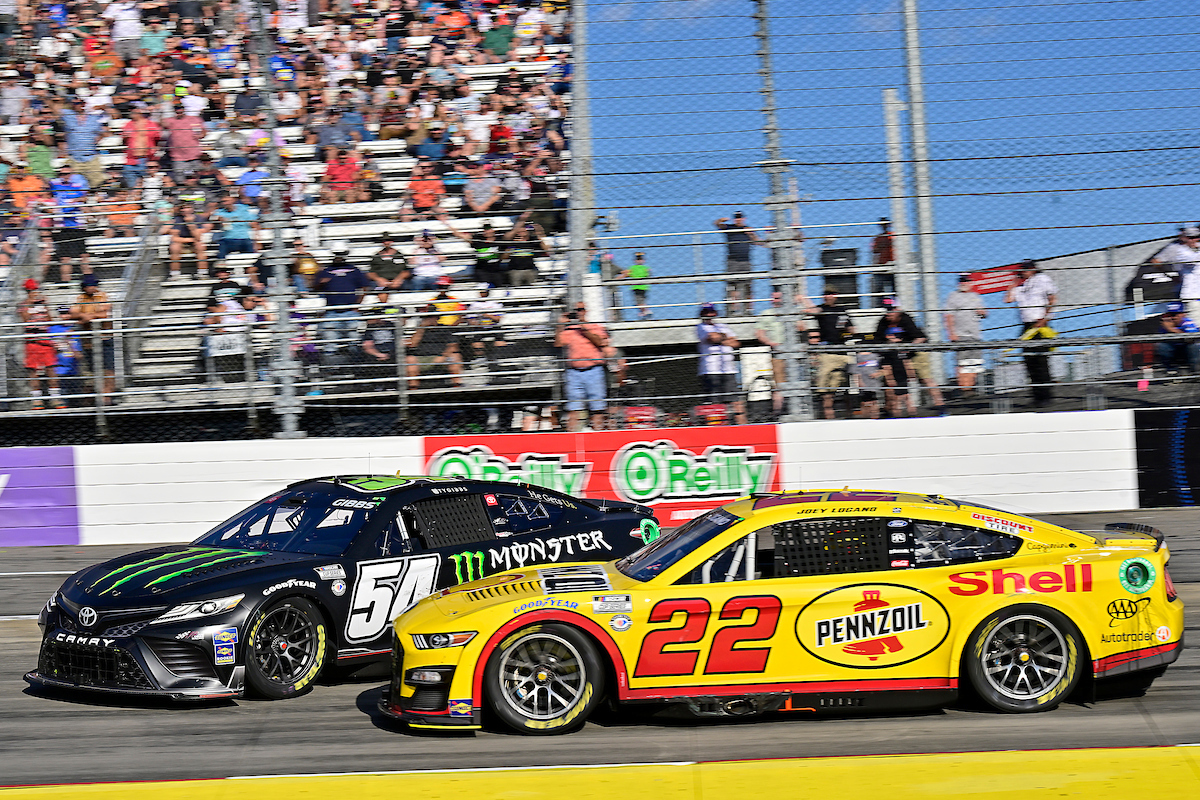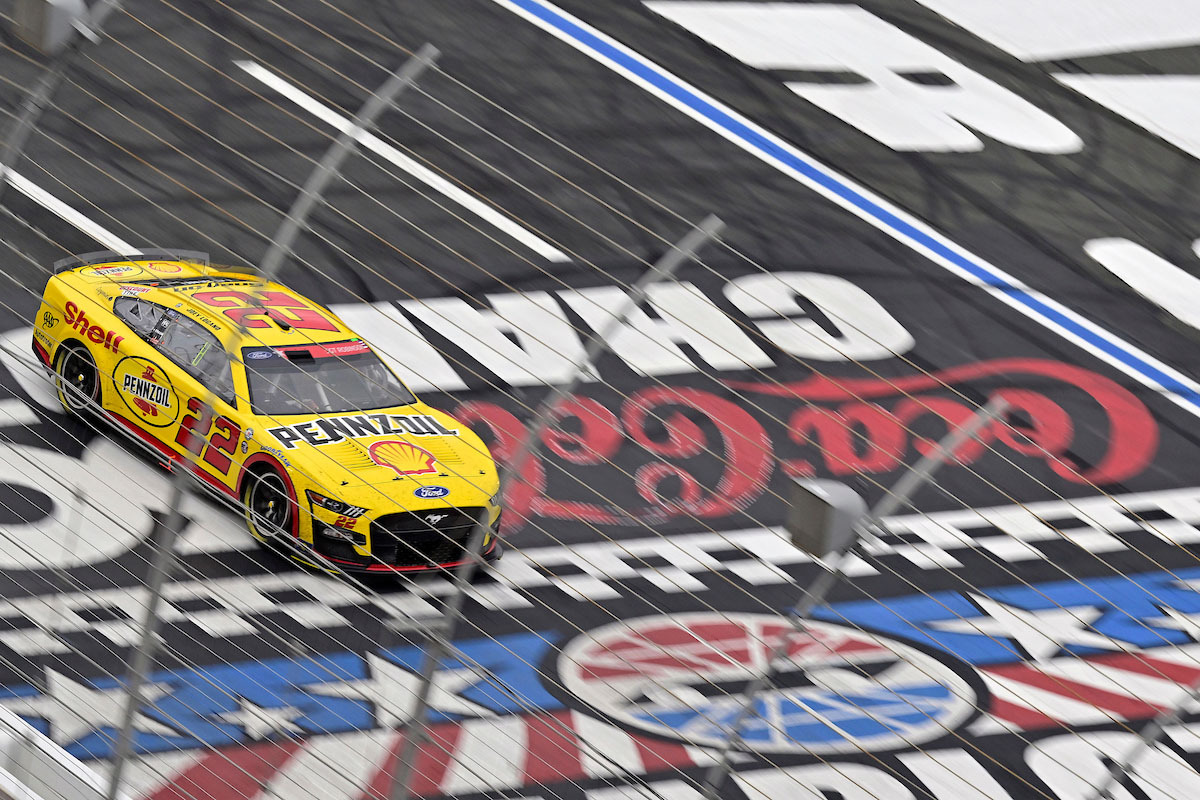What does a NASCAR driver see?
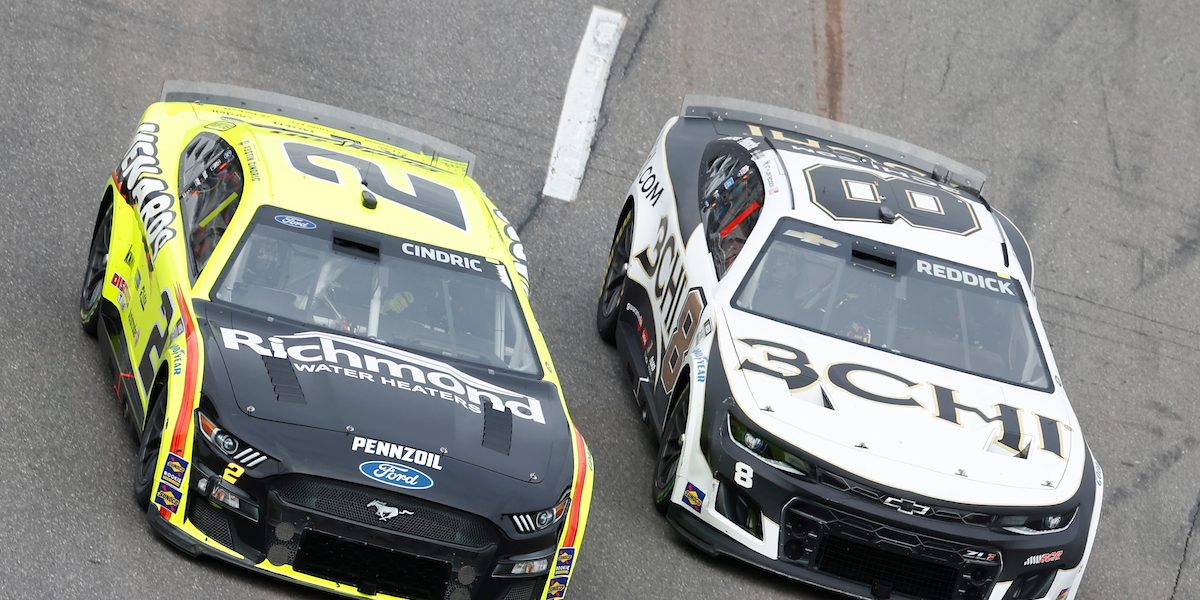
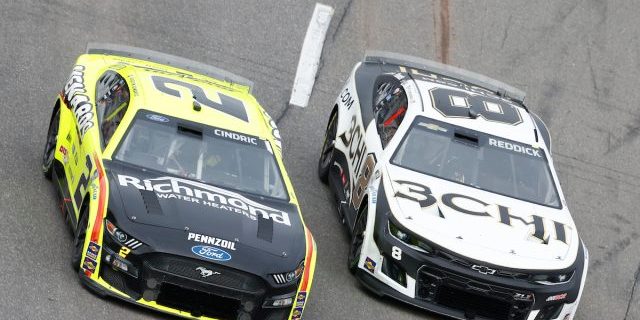
You’ve probably watched a NASCAR race on TV and wondered, “What does a NASCAR driver see from behind the wheel?” Well, you’re not alone.
In a NASCAR race, drivers see a complex panorama of speedometers, lap times, and other digital readings on the dashboard, mixed with the physical elements of the track and competing cars around them, all at speeds often exceeding 200 mph.
In this article, we’ll delve deeper into what a NASCAR driver actually perceives while racing. From the intricacies of the dashboard to the adrenaline-pumping views outside the windshield, you’ll get a vivid picture of what it’s like to be in the driver’s seat.
Table of Contents
A Detailed Explanation of What a NASCAR Driver Sees
The Dashboard: A Symphony of Lights and Numbers
Firstly, a NASCAR driver’s dashboard is far from ordinary. It’s like the cockpit of a fighter jet, equipped with a plethora of gauges, lights, and digital readouts. Most dashboards feature a speedometer, a tachometer to measure engine speed, and various other dials indicating oil pressure, fuel level, and water temperature. A glance at the dashboard provides the driver with crucial information, helping them make split-second decisions that can make or break a race.
The Track Through the Windshield: More Than Just Asphalt
The view from the windshield isn’t just a blur of asphalt and sky. Drivers must constantly scan the track for variables like tire debris, shifts in track texture, and even weather conditions like rain or fog. These factors can drastically affect the car’s performance. Besides the track itself, the driver has to be aware of competing cars, often visible through the side mirrors or even right beside them. Maintaining spatial awareness is key to navigating the car safely while maximizing speed.
The Rear-View: Keeping an Eye on the Competition
Most NASCAR vehicles are equipped with a rear-view mirror, though it’s not like the one you’d find in a standard road vehicle. This mirror is designed for a wide field of view, allowing the driver to keep tabs on competitors who are on their tail. A rival in your rear-view could indicate the need to go on the defensive, perhaps altering your racing line to block an overtaking maneuver.
In-Car Communications: The Unsung Hero
Last but not least, a driver isn’t alone in the car, at least not in a communicative sense. They’re often in radio contact with their pit crew, receiving vital information about race strategy, car performance, and other variables. This data can help the driver make informed decisions, like when to pit for fresh tires or how to adjust their speed to conserve fuel.
Here’s everything else you need to know to get the complete picture of what a NASCAR driver sees during a race.
The Importance of Peripheral Vision
How Peripheral Vision Aids in Racing
In a NASCAR race, peripheral vision plays a vital role. A driver’s forward focus is obviously on the track, but they must also be acutely aware of what’s happening beside and behind them. This peripheral awareness helps in overtaking maneuvers, defending against other drivers, and avoiding collisions. Some drivers even train specifically to improve their peripheral vision, understanding that every fraction of a second counts in racing.
The Role of Helmet Design
Helmet design also plays a role in what a driver sees. Modern racing helmets are engineered to offer maximum visibility without sacrificing safety. The visor and shell are designed in such a way that they don’t obstruct the driver’s field of view, allowing for better peripheral vision. This is critical because, at high speeds, even a slight obstruction can become a significant distraction.
The Mental Aspect: Decision Making at High Speeds
Cognitive Load and Multitasking
As you can imagine, all these visual inputs result in a high cognitive load. NASCAR drivers are trained to multitask effectively under extreme conditions. They have to process a multitude of information—from dashboard readouts to subtle cues from other drivers—and make quick decisions based on that data. This level of multitasking is comparable to that of fighter pilots, with the added element of intense physical forces acting upon them.
The Role of Instinct and Experience
Experience plays a major role in how effectively a driver can process all this information. Over time, drivers develop a kind of racing ‘instinct,’ enabling them to make split-second decisions that can be the difference between victory and defeat. This instinct is honed through years of experience and can’t be easily replicated by newcomers to the sport.
Understanding Speed: It’s All Relative
Perception of Speed
At speeds often exceeding 200 mph, you might wonder how a driver perceives their velocity. Interestingly, many professional drivers say that they don’t perceive the high speeds in the same way a casual observer might. Through years of training, their brains have adapted to process information much more quickly, making high speeds feel relatively ‘normal.’
The Danger of Complacency
However, this familiarity with speed can sometimes lead to complacency, and that’s where the danger lies. Drivers must remain vigilant, always aware of the intense forces acting upon their cars. Even a momentary lapse in concentration can result in a catastrophic accident.
Next, we’ll wrap up with some final thoughts on what you’ve just learned and what it means for you.
What does a NASCAR driver see? – Final Thoughts
By now, you’ve gained a comprehensive understanding of what a NASCAR driver sees from behind the wheel. From the intricate dashboard filled with critical data to the physical elements of the track, it’s a viewpoint that blends both technical mastery and raw instinct. You’ve also learned how peripheral vision and mental agility contribute to making split-second decisions at high speeds.
This knowledge not only quenches your curiosity but also deepens your appreciation for the sport. The next time you watch a NASCAR race, you’ll be watching with a new level of insight, grasping the skill, precision, and mental acumen required to compete at such a high level. So keep on enjoying the races, and who knows—maybe one day, you’ll find yourself experiencing this exhilarating view firsthand.
What does a NASCAR driver see? – Frequently Asked Questions (FAQ)
Q: Do NASCAR drivers wear special eyewear?
A: Generally, no. Most drivers rely on the visor of their helmet, which is designed to maximize visibility while protecting the eyes.
Q: How do drivers handle glare from the sun or stadium lights?
A: The helmet visor often has anti-glare properties, and some drivers use tear-offs to maintain clear vision throughout the race.
Q: Is it possible for drivers to look at the crowd or scenery while racing?
A: Given the intense focus required, drivers rarely have the opportunity to look anywhere but the track and their immediate surroundings.
Q: Do in-car cameras accurately depict what the driver sees?
A: While they offer a good approximation, in-car cameras can’t fully capture the range of peripheral vision and depth perception that a driver experiences.
Q: What happens if something obstructs a driver’s view, like smoke from a crash?
A: In such situations, drivers rely heavily on their spotters—team members who provide real-time information via radio—to navigate safely through the obstruction.
Feel free to reach out if you have any more questions or are curious about another aspect of what a NASCAR driver sees. Thank you for reading!

